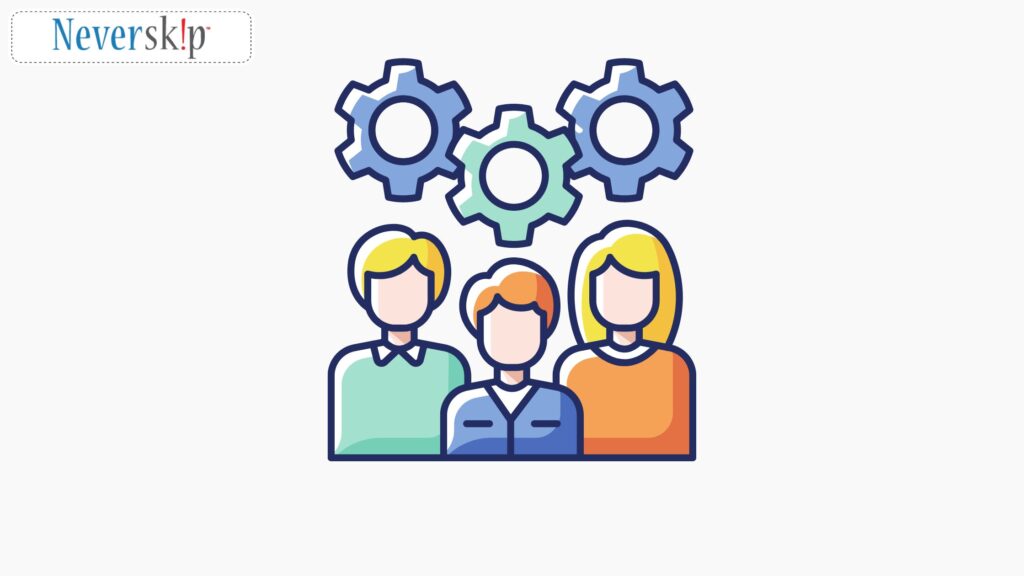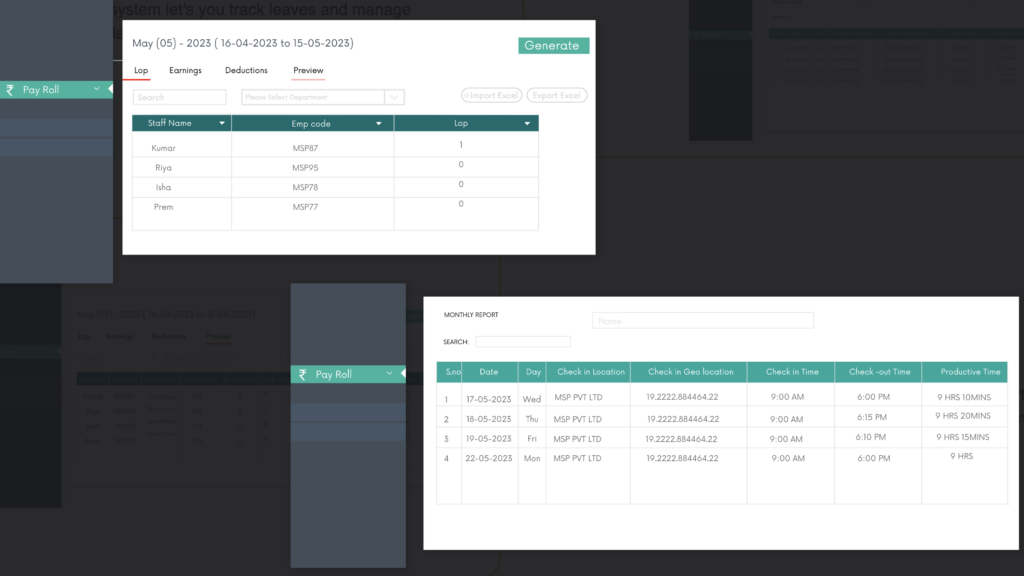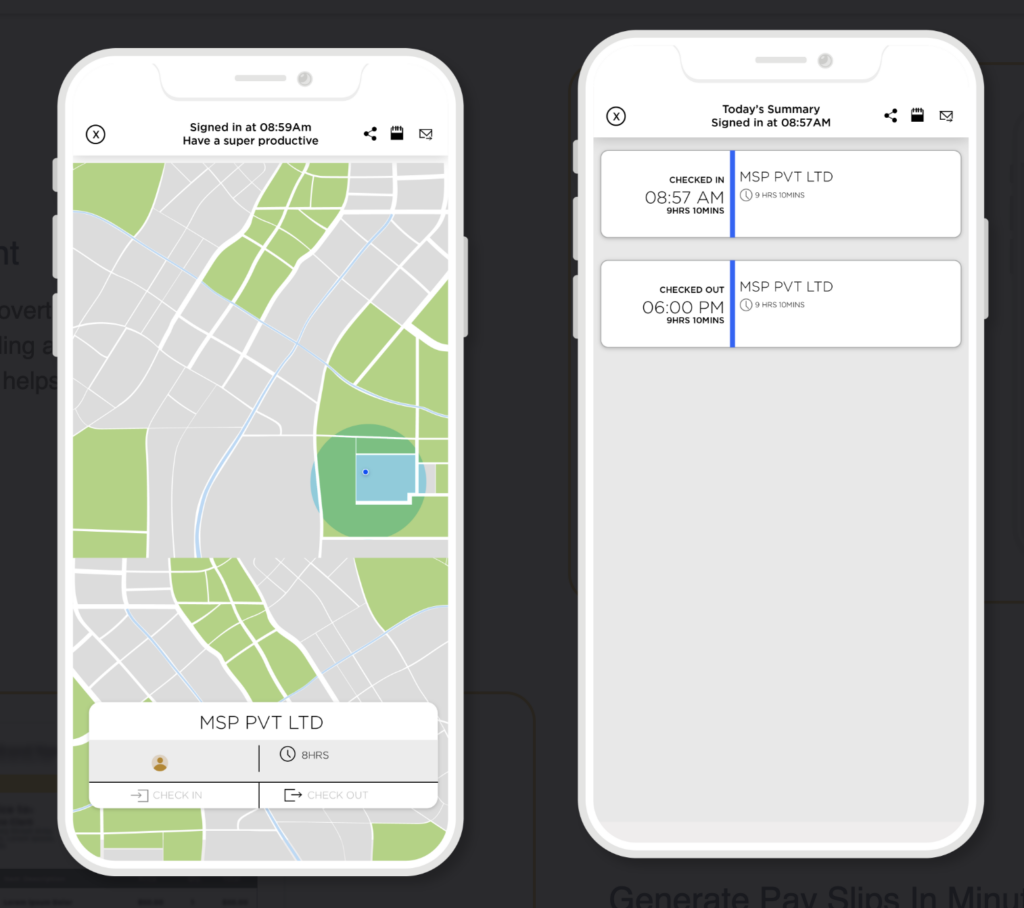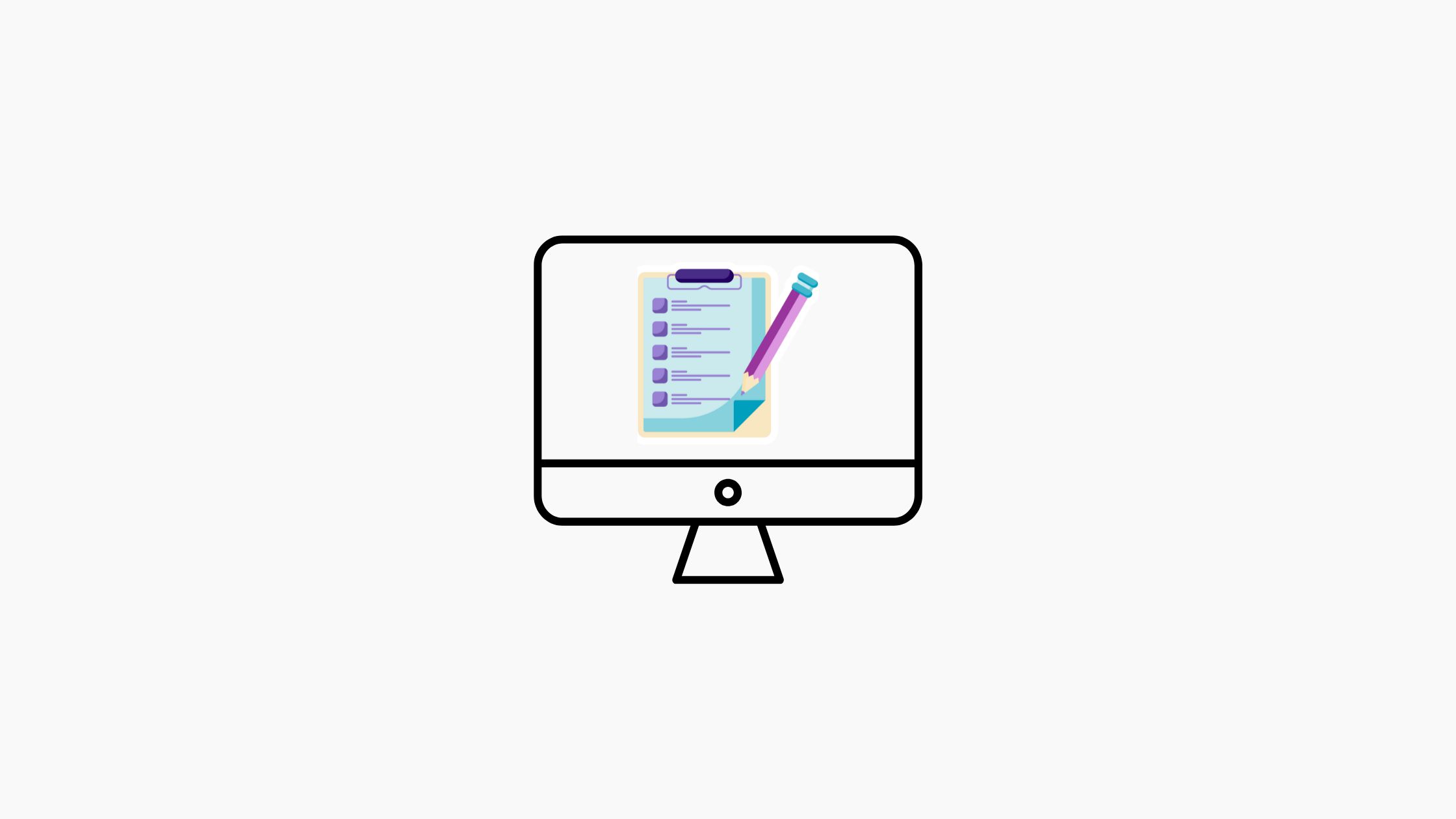Are you exhausted from being buried under a mountain of paperwork and spending endless hours on mind-numbing staff management tasks?
Well, get ready to bid farewell to those headaches because we’ve got an absolute game-changer for you!
In this captivating article, we’re diving deep into the exciting world of HR and payroll systems and how they can revolutionize your school’s efficiency.
Picture this: no more stacks of paperwork, no more endless spreadsheets, and definitely no more sleepless nights trying to keep track of everyone’s schedules and payments.
It’s time to embrace the power of technology and let it do the heavy lifting for you. Get ready to say hello to streamlined processes, automated workflows, and a whole lot more time on your hands to focus on what truly matters – providing the best education for your students.
So, buckle up and get ready for an eye-opening journey that will transform the way you manage your staff. Get ready to unleash the full potential of your school and create an environment where everyone can thrive. Trust us, this is one adventure you don’t want to miss!
What Is Staff Management in Education?

Staff management in education refers to the systematic and strategic coordination of human resources within educational institutions. It involves overseeing the recruitment, selection, hiring, training, development, scheduling, performance evaluation, and overall administration of staff members, including teachers, administrators, support staff, and other personnel involved in the functioning of educational institutions.
Staff management ensures that the right individuals with the necessary skills and qualifications are in place to fulfill the institution’s objectives and meet the needs of students. It encompasses various aspects such as resource allocation, workload distribution, professional development, and maintaining a positive and inclusive work environment.
Effective staff management involves implementing policies, procedures, and systems to optimize staff performance, enhance employee satisfaction, foster collaboration, and achieve organizational goals.
By focusing on staff management, educational institutions can create an environment that supports the professional growth and development of their staff, ultimately leading to improved educational outcomes for students.
The Role of HR and Payroll Systems in Education Staff Management
Now let’s explore the role of HR and payroll systems in streamlining these processes and enhancing staff management in educational institutions.

HR & Payroll Systems in Education Staff Management
1. Staff Attendance Management

Staff attendance management with Neverskip – Source
Keeping track of staff attendance is a crucial aspect of effective workforce management. With a comprehensive staff attendance management system, you can effortlessly organize and monitor attendance records for each staff member, ensuring accurate and reliable data.
Such a solution generally utilizes RFID (Radio Frequency Identification) technology, providing a seamless and efficient method to track staff attendance. Each staff member is assigned a unique RFID tag or card, which they can easily scan upon arrival and departure.
This automated process eliminates the need for manual attendance taking, saving valuable time and reducing errors.
2. Human Resources Management: Streamlining Administrative Processes
Human resources management is a vital aspect of staff management in education. HR and payroll systems provide a centralized platform for managing employee data, including personal information, employment history, and documentation.
These systems streamline administrative processes such as employee onboarding, record-keeping, and document management. By digitizing and automating these tasks, HR systems reduce the administrative burden on HR departments, allowing them to focus on strategic initiatives and employee support.
Payroll management is an integral part of HR systems, ensuring accurate and timely compensation for staff members. These systems simplify the payroll process by automating calculations, tax deductions, and direct deposit payments.
By leveraging HR and payroll systems, educational institutions can streamline payroll processing, eliminate manual errors, and reduce compliance risks. Comprehensive reporting capabilities provide transparency in payroll management, enabling administrators to track expenses and budgets effectively.

3. Seamless Overtime Management

Neverskip’s easy overtime management – source
Such a system simplifies the process of managing overtime by accurately recording the timestamps of all resources, ensuring transparency and accuracy in calculating additional payments for teachers who work beyond their scheduled hours.
With this system, tracking overtime becomes a breeze. Every instance of extra time worked by teachers is recorded, allowing for a precise calculation of the additional payment owed to them. This feature eliminates the need for manual timekeeping and minimizes errors in calculating overtime compensation.
4. Staff Scheduling: Optimizing Resource Allocation
Efficient staff scheduling is critical in educational institutions to ensure adequate coverage and optimal resource allocation. HR systems with integrated staff scheduling modules allow administrators to create and manage schedules, taking into account factors such as employee availability, qualifications, and workload.
These systems streamline the scheduling process, reducing conflicts and minimizing gaps in coverage. By optimizing resource allocation, staff scheduling modules in HR systems enhance operational efficiency and help maintain a balanced workload among educators and support staff.
5. Staff Performance Evaluation: Fostering Professional Growth and Improvement
Staff performance evaluation is a valuable tool for assessing employee performance, providing feedback, and identifying areas for improvement. HR systems offer features that facilitate performance evaluation processes, including goal setting, performance tracking, and feedback management. These systems streamline the evaluation process, allowing administrators to efficiently document and review employee performance data.
By providing a structured framework for performance evaluation, HR systems support professional growth, enhance accountability, and promote a culture of continuous improvement among staff members.
Employee self-service functionalities in HR systems empower staff members by providing them with direct access to their personal information, leave balances, and other relevant data. Through self-service portals, employees can request leave, update personal details, access pay stubs, and engage in other self-service activities.
Employee self-service functionalities reduce the administrative burden on HR departments, as employees can manage routine tasks independently. This enhances employee satisfaction, improves data accuracy, and frees up HR resources to focus on strategic initiatives and employee support.
6. Staff Training and Development: Enhancing Professional Skills and Knowledge
Continued training and development are crucial for educators and support staff to enhance their professional skills and keep up with industry trends. School HR & payroll systems can play a vital role in managing staff training and development programs.
These systems can track employee training records, schedule training sessions, and automate notifications and reminders. By providing a centralized platform for managing training initiatives, HR systems streamline the process, ensure compliance with professional development requirements, and promote continuous learning among staff members.
7. Data Analysis and Reporting: Gaining Insights for Informed Decision-Making
HR and payroll systems in education enable data analysis and reporting capabilities, providing valuable insights for informed decision-making. These systems collect and store data on various HR metrics, such as employee turnover rates, attendance patterns, and training effectiveness.
Administrators can generate reports and analytics to identify trends, pinpoint areas of improvement, and make data-driven decisions regarding staff management strategies.
By leveraging these insights, educational institutions can optimize resource allocation, identify training needs, and enhance overall staff performance and satisfaction.
8. Compliance and Regulatory Requirements: Ensuring Adherence to Policies
Education institutions must adhere to various labor laws, regulations, and school compliance requirements. HR and payroll systems play a crucial role in ensuring compliance by automating processes and calculations related to employee benefits, tax deductions, and other statutory obligations.
These systems can generate accurate and up-to-date reports to support compliance audits and facilitate adherence to legal requirements. By using HR systems, educational institutions can minimize the risk of penalties, maintain accurate records, and create a transparent and fair working environment.
9. Communication and Collaboration: Enhancing Efficiency and Engagement
Effective communication and collaboration among staff members are essential for a cohesive and engaged workforce. HR systems offer features such as internal communication platforms, team collaboration tools, and employee directories to facilitate seamless communication and collaboration.
These systems enable staff members to connect, share information, and collaborate on projects, fostering a culture of teamwork and enhancing efficiency. Improved communication and collaboration contribute to a positive work environment, increase employee engagement, and ultimately benefit the overall educational experience.
To Conclude
It is evident that in today’s rapidly evolving education landscape, efficient staff management is more crucial than ever for schools to thrive. The role of HR and payroll systems in this process cannot be overstated.
In a world where time is of the essence and data-driven decision-making is essential, investing in HR and payroll systems is not just an option, but a necessity for schools aiming to excel in staff management.
With the right systems in place, educational institutions can elevate their staff management practices, enhance operational efficiency, and create an environment conducive to growth and success.
Neverskip payroll management system can be the best fit for your school in this competitive market. Not only does it come with the above-mentioned features, but even more. You can take a free demo to explore more.








